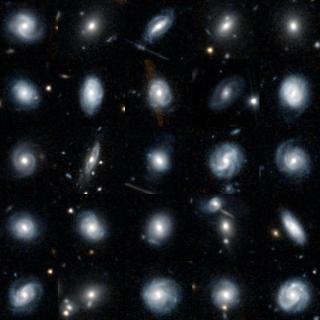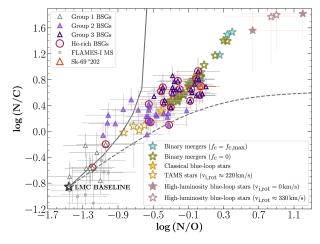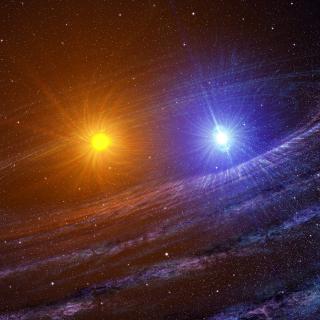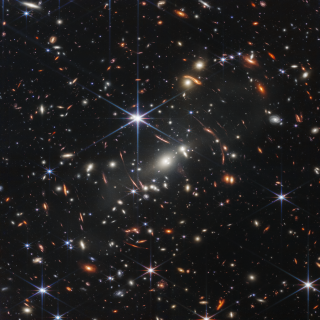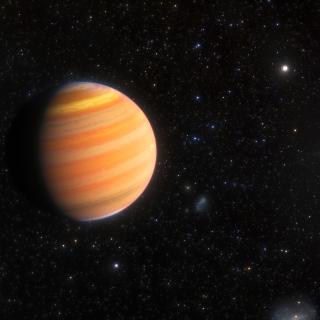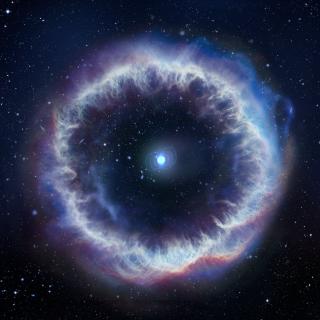
A new international study, using observations from the Gran Telescopio Canarias at the Roque de los Muchachos Observatory on La Palma, has identified a plasma bubble as the source of the persistent emission observed in some of the so-called fast radio bursts (FRBs), one of the most powerful and unknown cosmic events in the Universe. The data also allow researchers to constrain the nature of the “engine” powering these mysterious sources. The results are published today in Nature. Discovered just over a decade ago, fast radio bursts (FRBs) emit millisecond-long pulses that release an immense
Advertised on
